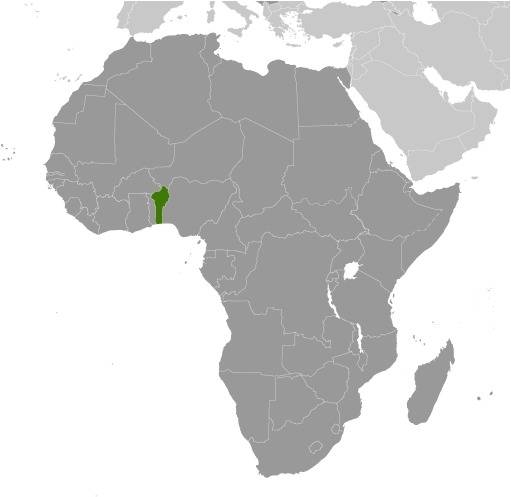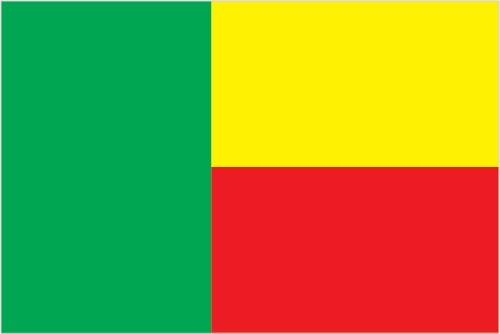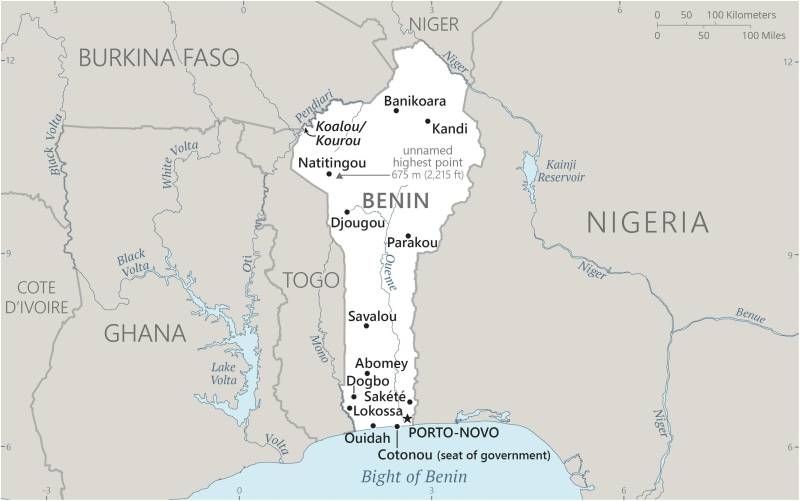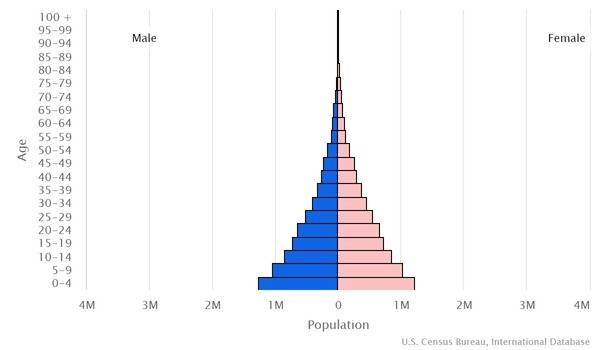Country Summary




Introduction
Background
Present day Benin was the site of Dahomey, a West African kingdom that rose to prominence in about 1600 and over the next two and a half centuries became a regional power. French Dahomey achieved independence in 1960 and changed its name to the Republic of Benin in 1975.
Geography
Area
total: 112,622 sq km
land: 110,622 sq km
water: 2,000 sq km
Climate
tropical; hot, humid in south; semiarid in north
Natural resources
small offshore oil deposits, limestone, marble, timber
People and Society
Population
13,754,688 (2022 est.)
Ethnic groups
Fon and related 38.4%, Adja and related 15.1%, Yoruba and related 12%, Bariba and related 9.6%, Fulani and related 8.6%, Ottamari and related 6.1%, Yoa-Lokpa and related 4.3%, Dendi and related 2.9%, other 0.9%, foreigner 1.9% (2013 est.)
Languages
55 languages; French (official); Fon (a Gbe language) and Yoruba are the most important indigenous languages in the south; half a dozen regionally important languages in the north, including Bariba (once counted as a Gur language) and Fulfulde
Religions
Muslim 27.7%, Roman Catholic 25.5%, Protestant 13.5% (Celestial 6.7%, Methodist 3.4%, other Protestant 3.4%), Vodoun 11.6%, other Christian 9.5%, other traditional religions 2.6%, other 2.6%, none 5.8% (2013 est.)
Population growth rate
3.34% (2022 est.)
Government
Government type
presidential republic
Capital
name: Porto-Novo (constitutional capital); Cotonou (seat of government)
Executive branch
chief of state: President Patrice TALON (since 6 April 2016); note - the president is both chief of state and head of government
head of government: President Patrice TALON (since 6 April 2016); prime minister position abolished
Legislative branch
description: unicameral National Assembly or Assemblee Nationale (83 seats - current 81; members directly elected in multi-seat constituencies by proportional representation vote; members serve 4-year terms)
Economy
Economic overview
robust economic growth; slightly declining but still widespread poverty; strong trade relations with Nigeria; cotton exporter; COVID-19 has led to capital outflows and border closures; WAEMU member with currency pegged to the euro; recent fiscal deficit and debt reductions
Real GDP (purchasing power parity)
$40.29 billion (2020 est.)
Real GDP per capita
$3,300 (2020 est.)
Agricultural products
cassava, yams, maize, cotton, oil palm fruit, rice, pineapples, tomatoes, vegetables, soybeans
Industries
textiles, food processing, construction materials, cement
Exports
$3.58 billion (2019 est.)
Exports - partners
Nigeria 25%, Bangladesh 14%, United Arab Emirates 14%, India 13%, China 8%, Vietnam 5% (2019)
Exports - commodities
cotton, refined petroleum, gold, cashews, copper (2019)
Imports
$4.31 billion (2019 est.)
Imports - partners
China 28%, Thailand 9%, India 8%, Togo 6%, United States 5% (2019)
Imports - commodities
rice, cars, palm oil, electricity, cotton (2019)
Exchange rates
Communaute Financiere Africaine francs (XOF) per US dollar -
Page last updated: Wednesday, November 16, 2022
